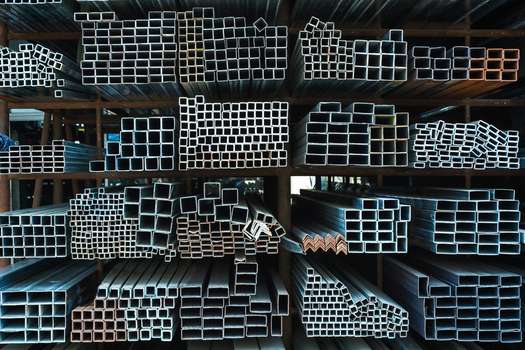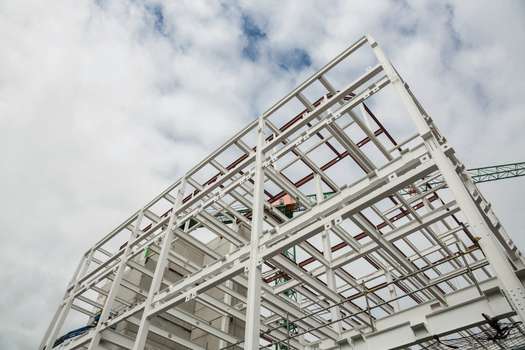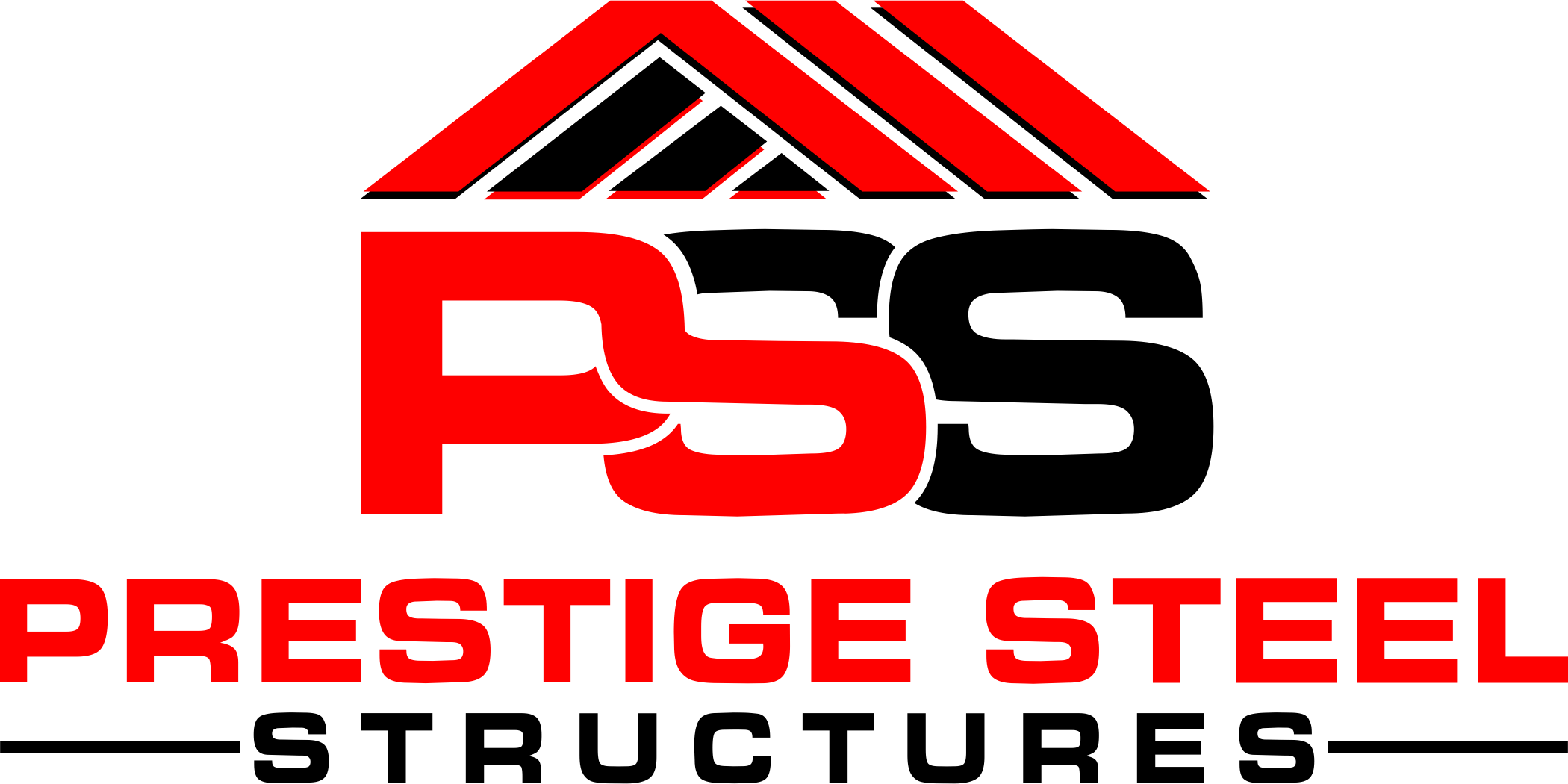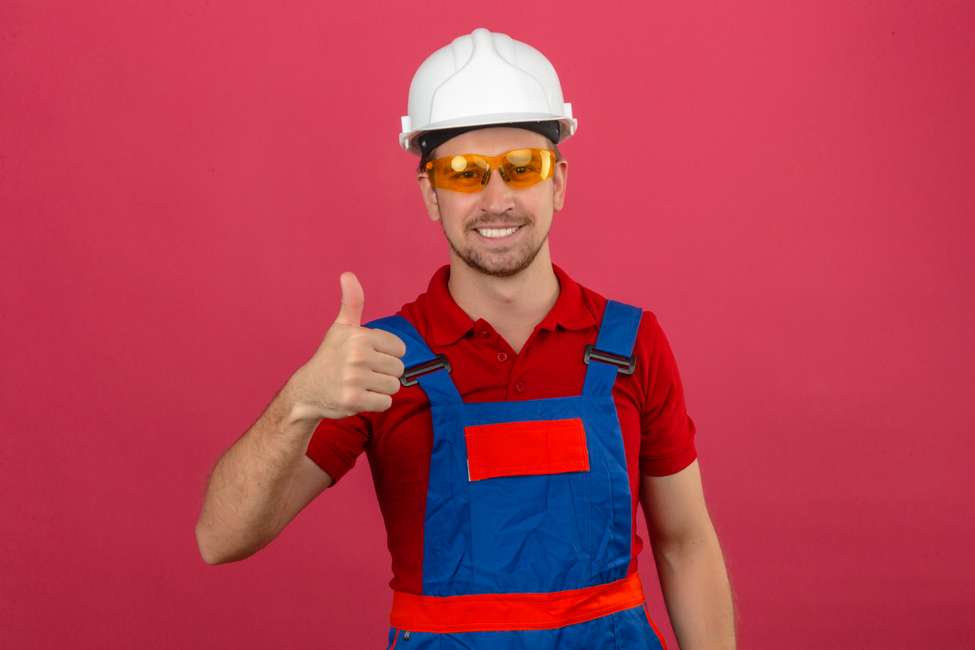Metal stands as the superior choice for prefabricated building construction, offering unmatched strength, durability, and cost-effectiveness across residential and commercial applications. These pre-engineered structures deliver 40-60% faster construction times compared to traditional wood frame buildings while providing exceptional weather resistance and minimal maintenance requirements. Key advantages include superior fire resistance, pest immunity, precise manufacturing tolerances, and comprehensive warranty coverage that wood construction cannot match. From small storage units to large commercial warehouses, metal buildings accommodate diverse project requirements with customizable designs, professional installation services, and long-term value retention. Modern prefabricated metal systems integrate advanced insulation technologies, energy-efficient features, and sustainable materials that meet LEED certification standards while reducing overall project costs through streamlined assembly processes and reduced labor requirements.

Essential Metal Building Fundamentals
Metal building construction has become increasingly popular due to its combination of affordability, versatility, and durability. These structures provide practical solutions for property owners seeking efficient construction methods without compromising quality or performance. Understanding the core benefits helps decision-makers choose the most appropriate building approach for their specific requirements.
Cost-Effective Construction Solutions
Metal structures offer significant savings through reduced construction expenses compared to traditional building methods. Unlike lengthy wood frame construction processes, prefabricated buildings can be erected quickly and efficiently. Prefab metal buildings simplify the entire building process while maintaining quality standards according to Metal Building Manufacturers Association guidelines. These efficient construction methods translate into substantial cost reductions for property owners.
Here are the key benefits of choosing metal construction for cost efficiency:
- Faster assembly times reduce labor costs and project duration significantly
- Prefabricated components eliminate weather delays and construction complications
- Simple installation processes require fewer specialized workers and equipment
- Streamlined construction methods minimize material waste and associated expenses
- Quick project completion reduces overall financing costs for building owners
Metal construction delivers exceptional value by combining speed, efficiency, and affordability in modern building solutions. Property owners benefit from reduced expenses while achieving durable, long-lasting structures.
Building Options for Every Need
Prefabricated metal structures accommodate diverse requirements from small residential storage to large commercial warehouses. These versatile building systems adapt to various project sizes and specific usage requirements. Property owners can select from numerous design options to match their exact needs.
The following applications demonstrate the versatility of metal building systems:
- Small residential storage units provide secure space for household items and equipment
- Metal garages offer protected parking and additional workspace for homeowners
- Agricultural buildings serve farming operations with durable, weather-resistant construction
- Commercial warehouses deliver large-scale storage solutions for business operations
- Workshop spaces create functional areas for various trades and manufacturing activities
Metal building systems provide flexible solutions that accommodate both residential and commercial applications effectively. These structures deliver reliable performance across diverse usage scenarios and environmental conditions.
Professional Installation Advantages
Hiring experienced contractors ensures proper metal building installation while maximizing structural integrity and longevity. Professional teams bring specialized knowledge and equipment necessary for complex construction projects following OSHA steel erection standards. Expert installation guarantees compliance with local building codes and safety regulations throughout the process.
Key benefits of choosing professional installation services include:
- Experienced teams complete projects efficiently while avoiding costly construction mistakes
- Proper foundation preparation ensures long-term structural stability and performance
- Professional equipment enables precise assembly and alignment of building components
- Code compliance expertise prevents legal issues and ensures safety standard adherence
- Warranty coverage protects property owners against installation defects and problems
Professional installation services deliver peace of mind through expert craftsmanship and guaranteed results. Skilled contractors ensure optimal building performance while protecting property owners’ investments effectively.

Advanced Metal Building Solutions
Metal building technology has evolved to serve diverse construction needs across residential and commercial sectors. Modern prefabricated systems offer comprehensive solutions that combine efficiency, durability, and cost-effectiveness for various applications. These advanced building methods continue to revolutionize traditional construction approaches through innovative design and manufacturing processes supported by NIST building construction research.
Commercial Building Applications
Metal building systems extend beyond residential applications to serve large-scale commercial construction projects effectively. Professional contractors utilize prefabricated systems to deliver structures quickly while maintaining quality standards throughout the process. These building solutions accommodate businesses requiring rapid construction timelines and reliable structural performance. Commercial enterprises benefit from streamlined construction processes that minimize project delays and operational disruptions.
Key advantages of commercial metal building systems include:
- Prefabricated components enable faster project completion compared to traditional construction methods
- Cost-effective solutions balance higher material expenses with reduced labor and time investments
- Quick construction timelines allow businesses to begin operations sooner than conventional buildings
- Scalable systems accommodate various commercial sizes from small offices to large warehouses
- Professional installation ensures compliance with commercial building codes and safety requirements
Commercial metal building systems provide efficient construction solutions that support business growth objectives. These structures deliver reliable performance while meeting demanding commercial requirements and operational needs.
Low Maintenance Benefits
Steel construction offers exceptional durability with minimal ongoing maintenance requirements compared to traditional building materials. These structures withstand harsh weather conditions including rain, wind, and snow without significant deterioration. Metal buildings resist common structural problems like water damage and insect infestations that frequently affect wood construction, as demonstrated by steel construction industry research.
Essential maintenance advantages of metal construction include:
- Virtually maintenance-free operation reduces long-term ownership costs and responsibilities
- Weather-resistant properties protect against environmental damage and structural deterioration
- Strong construction materials withstand extreme conditions without requiring frequent repairs
- Pest-resistant surfaces eliminate concerns about insect damage and related structural issues
- Durable finishes maintain appearance and protection with minimal upkeep requirements
Metal construction delivers exceptional longevity through superior materials and weather-resistant design features. Property owners enjoy reduced maintenance responsibilities while maintaining structural integrity over extended periods.
Common Maintenance Considerations
Corrosion represents the primary maintenance concern for metal buildings, typically occurring after exterior finish damage. Surface scratches or dents can expose underlying materials to moisture and environmental elements. Regular inspections help identify potential problem areas before serious corrosion develops throughout the structure, following guidelines from the Metal Construction Association.
Important maintenance factors to monitor include:
- Periodic surface inspections identify scratches, dents, or finish damage requiring attention
- Protective sealers prevent corrosion in exposed areas and extend overall building lifespan
- Impact damage may cause denting, particularly in lighter gauge materials and smaller structures
- Preventive treatments address minor surface issues before they develop into major problems
- Professional assessments ensure proper maintenance approaches for specific building conditions
Proactive maintenance approaches prevent minor issues from developing into costly structural problems. Regular attention to surface conditions maintains building integrity while preserving long-term structural performance.
Conclusion
Metal building costs fluctuate based on several key factors including construction complexity and material requirements. The gauge thickness of steel materials significantly impacts overall project pricing and structural performance. Current steel prices influence total building costs, making timing an important consideration for buyers. Market conditions create opportunities for cost-effective construction when material prices remain favorable.
Steel costs have recently decreased from previous record highs, creating excellent purchasing opportunities for buyers seeking prefab metal buildings. This price reduction makes metal construction more accessible for various residential and commercial projects. Many quality structures are now available at competitive prices due to reduced material expenses. However, increasing demand is expected to drive steel prices upward again in coming months. Property owners should consider acting quickly to take advantage of current favorable market conditions.
Extra storage space, additional garage facilities through prefabricated metal garages, or supplementary buildings become more affordable during these market periods. Metal construction offers practical solutions for expanding property functionality while managing costs effectively. Smart buyers recognize these timing advantages and plan their construction projects accordingly, often consulting structural engineering programs for optimal design solutions.
Frequently Asked Questions
Do I need building permits for my metal building construction project?
Most areas require building permits for metal structures, with requirements varying by location and building size. Contact your local building department to determine specific permit needs before starting construction, especially when purchasing prefab steel buildings.
What insulation options work best for metal building temperature control?
Fiberglass blanket, spray foam, and rigid board insulation effectively regulate temperatures in metal structures. Choose insulation with higher R-values for better thermal resistance and energy savings, particularly important for prefab metal garages.
What foundation types are required for different metal building sizes?
Concrete slab foundations work well for most buildings, while larger structures may need pier foundations. Foundation requirements depend on soil conditions, building weight, and local frost line depths, as studied in advanced structural engineering research.
How do metal buildings compare to traditional wood frame construction methods?
Metal buildings offer superior durability, fire resistance, and faster construction times than wood structures. Steel resists pests, moisture damage, and warping that commonly affect wooden buildings, making prefab steel garages a superior choice.
What strategies improve energy efficiency in metal building operations?
Proper insulation, reflective roof coatings, LED lighting, and programmable HVAC systems significantly reduce energy costs. Solar panels and energy-efficient windows further enhance building performance and savings for metal carport installations, with ongoing research at institutions like the University of Toronto’s structural engineering department and University of Colorado’s structural mechanics program. For those considering investment opportunities, explore options to buy prefab metal garages from leading manufacturers or consult University of Minnesota’s structural engineering programs for technical guidance.


